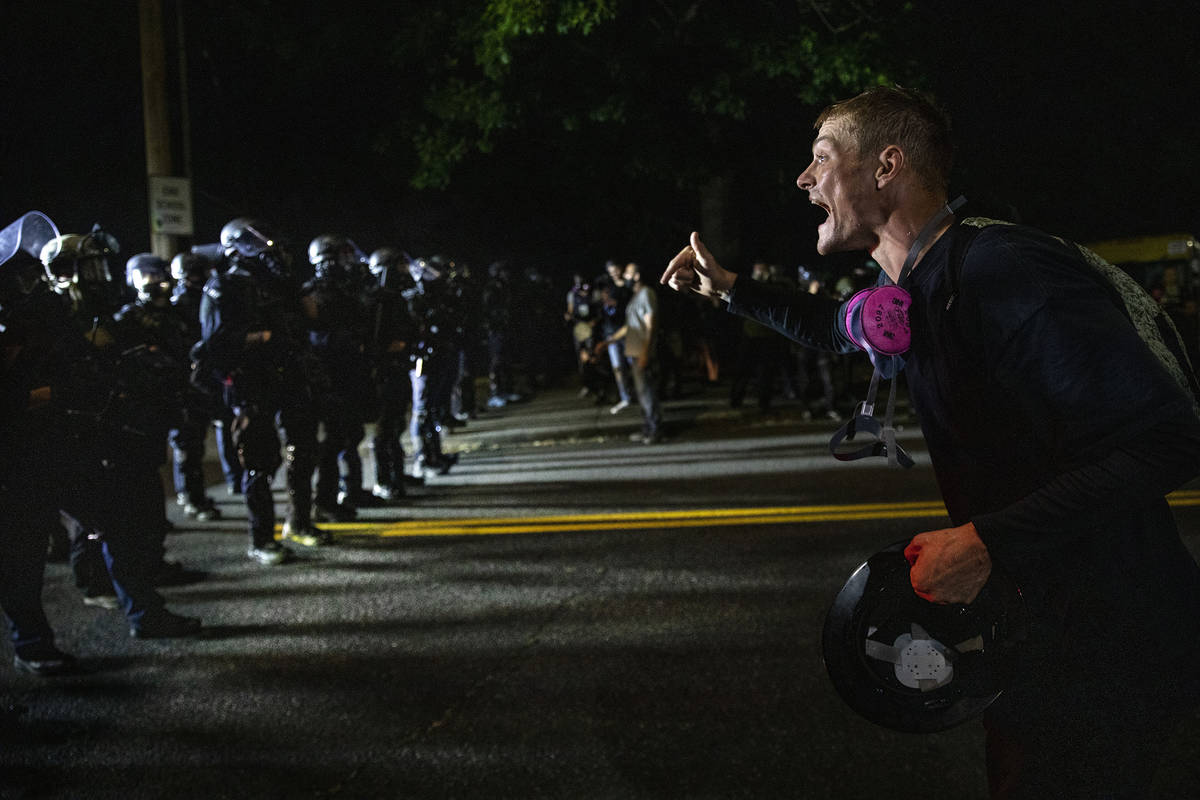CLARENCE PAGE: How hatred became all the rage in our politics

Are we Americans hating more now but enjoying it less? Let me count the ways:
A self-styled “militia” group is charged by the FBI with an alleged plot to kidnap Michigan’s Democratic Gov. Gretchen Whitmer and make her stand “trial” for forcing residents to wear masks during the COVID-19 pandemic.
Many Democrats are arguing seriously with one another and with former Vice President Joe Biden as to whether the Supreme Court should be expanded to dodge the decisions of an expected conservative majority.
And President Donald Trump, recovering from his own bout with the coronavirus, unleashed a 24-hour Twitter storm last week in which he demanded to know, in all caps, why Biden, former President Barack Obama and “CROOKED HILLARY” Clinton have not yet been arrested for a “coup” that he apparently thinks is too awful to require actual evidence.
Yes, I know we Americans have had our times of severe national divisions. We had a Civil War. And I remember the 1960s.
But today’s partisan divide is putting a strain on our national fabric like the first — and perhaps only — Trump-Biden debate-turned-debacle put a strain on our national eardrums.
How, we need to ask ourselves, did we get here? How did haters become all the rage in politics? Can we turn down the heat?
“Negative partisanship” is what political scientists call support for a party that is based not so much on loyalty to that party as on how much we can’t stand the other party. Of course, there always has been some of this contentiousness in politics. But the divide has grown so much in recent years that, as Charlie Cook at the Cook Political Report wrote last year, “The old saying that ‘I vote the person not the party,’ once a commonplace belief, is now just a cliche.”
You can blame, as many do, an excess of power in the presidency, in Senate rules or in strong judicial review.
Forty years ago, when asked to rate how “favorable and warm” their opinion of each party was, the average Democrat and Republican said they felt OK-ish about the opposite party. But for four decades now, partisans have increasingly turned against each other in an escalating cycle of dislike and distrust — views of the other party are currently at an all-time low.
These days, even the wearing — or not wearing — of a mask to reduce the spread of COVID-19 can be viewed as a political act, another sign of what political scientists call “conflict extension.” That’s what happens when the partisan divide becomes so great that, when it comes to romance, single people won’t even date supporters of the opposite party.
Just about everyone I know can’t wait for the 2020 election campaign season to end. But, as we’ve seen in the past, the partisan sides are so entrenched by now — with activists, social media and other factors offering aid and comfort — that the tension is not likely to end that soon.
In the end, the future is up to us, the voters. The first step is to be aware of how deeply we have waded into the pool of partisanship and try to help one another find a safe and sane way back to more civil discourse.
Perhaps we have become too accustomed in today’s world to news-as-entertainment, politics-as-sport and serious issues treated like points on a score card. Our political system is hardly perfect, but it’s the best we’ve got. Changes need to come with deliberation, not just political reflexes.
That’s a big challenge, but it’s going to stay with us regardless of which side wins this coming election.
In some ways, this challenge reminds me of a troubled marriage. After occupying the same political house for a long time, couples sometimes take each other for granted. Flames of conflict can be fanned by others who may not always have our best interests in mind. At some point, we need to reintroduce ourselves to each other before we have to break up the house — or before somebody else breaks it up for us.
Email Clarence Page at cpage@chicagotribune.com.